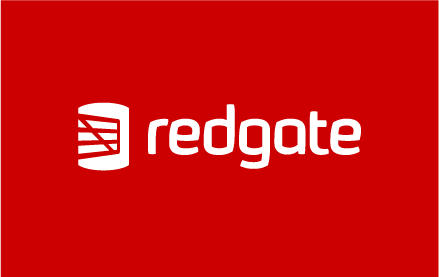Have your say on the state of database monitoring in 2021
Since 2018, over 2,400 SQL Server professionals have provided valuable insights into how they monitor and manage their estates, and what challenges they’re facing, through the only industry-wide survey of its kind. The results of the annual survey have not only benefited the community but also helped us better understand how we could shape our own product development to deliver more value where organizations need it.







